
Content Marketing Strategy
Follow these content strategy best practices to drive more leads and achieve next-level content marketing results.
A content marketing strategy is a core part of a successful marketing strategy. With a good content strategy in place, you can:
- Provide timely and relevant information in a variety of formats
- Ensure content addresses target audience pain points
- Improve search engine optimization (SEO) by focusing on high volume search terms
- Identify opportunities to repurpose content
When it comes to a content marketing strategy, there are many different components to consider, but one thing is certain, content must be created for each stage of the buyer’s journey. One way to do this is to consider the two primary types of content, ungated and gated content.
Ungated content is content that is not behind a website form and is easily accessible to all site visitors. While much of this content is still valuable, it usually acts as the first touchpoint for prospects.
Examples of Ungated Content
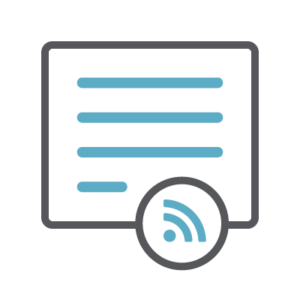
Blogs
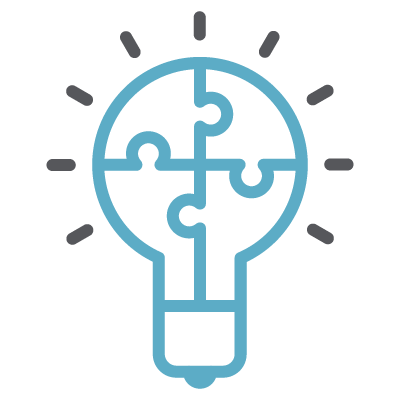
Infographics
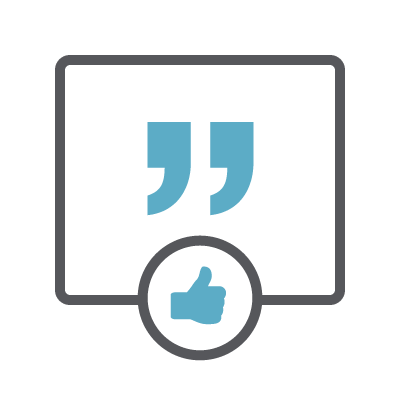
Social Media

Newsletters
Gated content is content that is behind a form and requires the site visitor to submit information about themselves to access the piece of content. This is a useful way to capture important information about your target audience. Gated content also plays a large part in lead generation and indicates individuals are interested in your content assets beyond what they can access without providing information. Here are some examples of gated content:
Examples of Gated Content
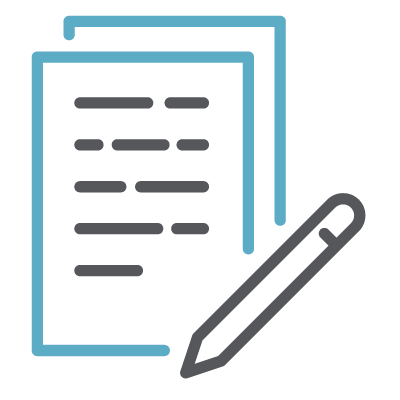
Guides
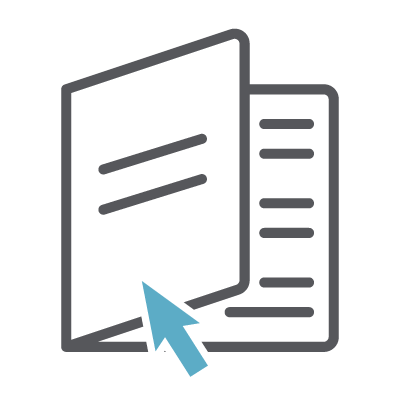
eBooks
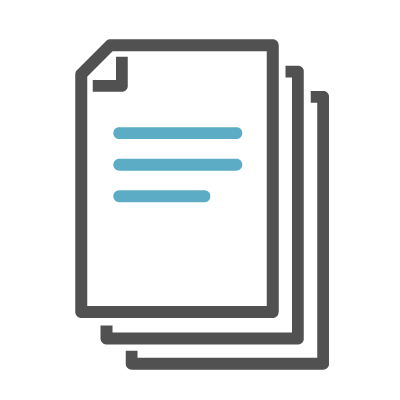
White Papers
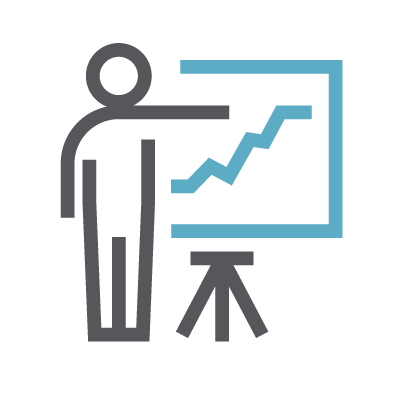
Webinars
For a successful content strategy, it is important to have a mix of both gated and ungated content. Each has a specific purpose and is used during different stages of the buyer’s journey.
The buyer’s journey is typically broken into three stages: awareness, consideration and decision. Below, we highlight each part of the journey and what content should be delivered to prospects at each stage.
1st Stage: Awareness
The awareness stage of the buyer’s journey puts B2B buyers at the very top of the sales funnel. At this stage, buyers have just become aware of a problem they have and are typically conducting the initial research to find a solution to the problem and are not necessarily ready for a sales conversation. Content at this stage should be used to educate buyers and better help them define their problem. This should include a combination of various ungated content types such as blogs, articles, social media posts, press releases and infographics.
2nd Stage: Consideration
The consideration stage moves the B2B buyers into the middle of the sales funnel. At this stage, buyers are considering different options to solve their problem and are evaluating which product or service will best fit their needs. Prospects are open to having sales conversations to help narrow down their solution options. Content at this stage is used to provide prospects with resources that will help them understand their challenge more in-depth. Gated content becomes valuable in this stage and utilizing eBooks, white papers, webinars and guides help prospects dive deeper into the topic.
3rd Stage: Decision
The consideration stage moves the B2B buyers into the middle of the sales funnel. At this stage, buyers are considering different options to solve their problem and are evaluating which product or service will best fit their needs. Prospects are open to having sales conversations to help narrow down their solution options. Content at this stage is used to provide prospects with resources that will help them understand their challenge more in-depth. Gated content becomes valuable in this stage and utilizing eBooks, white papers, webinars and guides help prospects dive deeper into the topic.